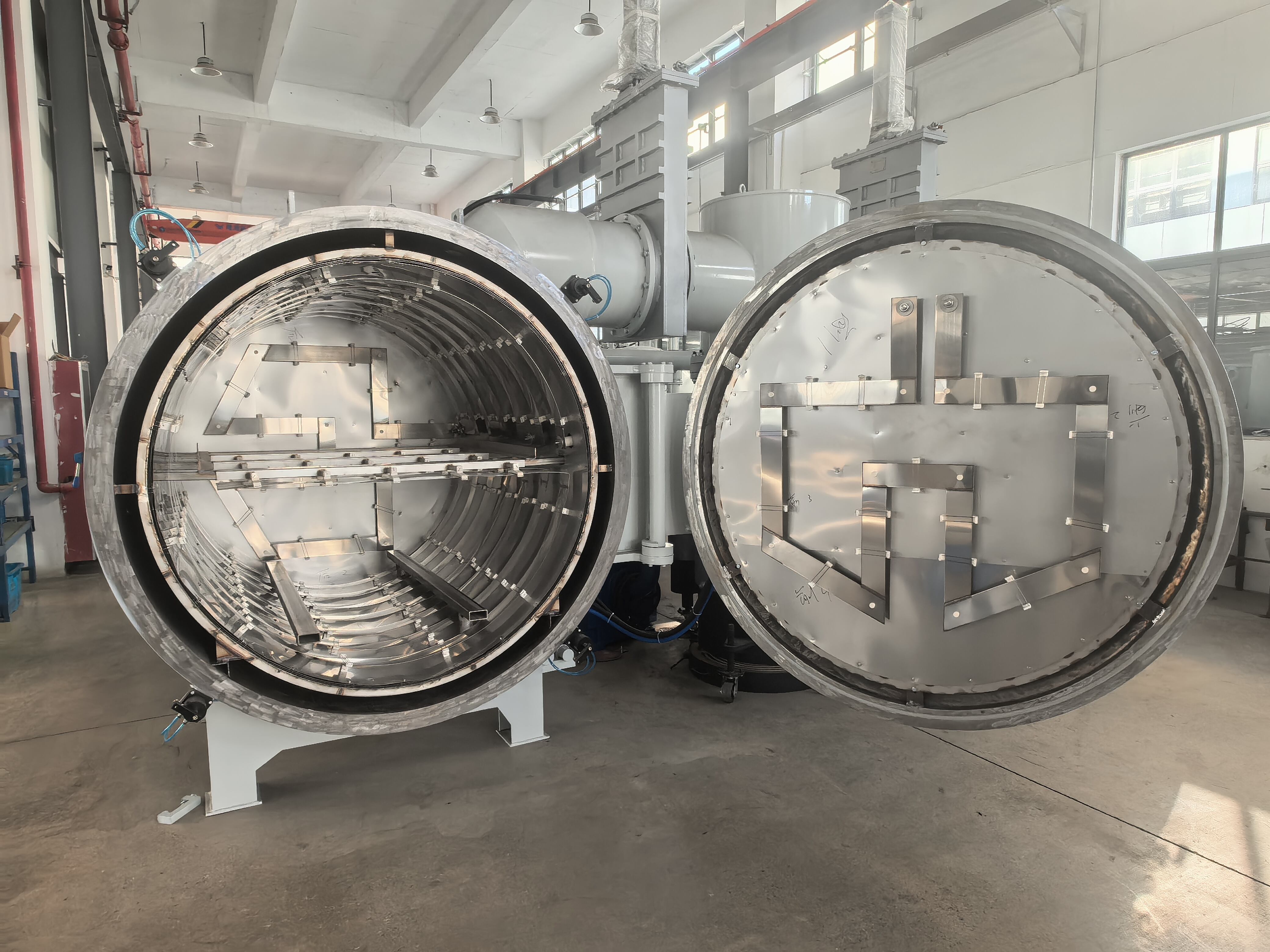Understanding the Critical Role of Thermal Protection Systems
Thermal protection is a fundamental aspect of various industries, from aerospace and automotive to industrial manufacturing. Heat shields serve as the primary defense against extreme temperatures, protecting vital components and ensuring optimal performance under challenging conditions. These specialized barriers are engineered to reflect, absorb, or dissipate heat, making them essential in applications where temperature control is crucial for safety and functionality.
Modern heat shields incorporate advanced materials and innovative designs to provide superior thermal protection while maintaining structural integrity. Whether installed in vehicles, industrial equipment, or buildings, proper heat shield installation can significantly extend component lifespan and enhance overall system efficiency.
Essential Preparation Steps for Heat Shield Installation
Surface Assessment and Cleaning Requirements
Before installing heat shields, thorough surface preparation is paramount. Begin by inspecting the mounting area for any damage, corrosion, or irregularities that could compromise the shield's effectiveness. Remove any existing thermal barriers, adhesive residue, or protective coatings that might interfere with the new installation.
Clean the mounting surface meticulously using appropriate solvents or cleaning agents to ensure optimal adhesion. Pay special attention to removing grease, oil, or debris that could affect the heat shield's performance. A properly prepared surface not only enhances installation quality but also guarantees long-term thermal protection effectiveness.

Measuring and Material Selection
Accurate measurements are crucial for proper heat shield fitment. Consider not only the dimensions of the area requiring protection but also account for overlap and securing points. When selecting materials, evaluate factors such as maximum temperature exposure, duration of heat exposure, and environmental conditions.
Choose heat shields designed specifically for your application, considering whether you need reflective, absorptive, or composite materials. Modern heat shields come in various forms, including rigid panels, flexible blankets, and spray-on solutions, each offering unique advantages for specific scenarios.
Professional Installation Techniques and Best Practices
Proper Mounting Methods
The success of heat shield installation largely depends on the mounting technique employed. Start by identifying appropriate mounting points that provide adequate support while maintaining necessary clearances. Use manufacturer-recommended fasteners and ensure they're rated for high-temperature applications.
When securing heat shields, maintain consistent spacing between mounting points to prevent warping or distortion under thermal stress. Apply even pressure during installation and verify that all fasteners are properly torqued to specifications. This attention to detail prevents future issues such as rattling or premature failure.
Sealing and Edge Treatment
Proper sealing is essential for maximizing heat shield effectiveness. Apply high-temperature sealants or gaskets where specified to prevent heat leakage and ensure complete protection. Pay special attention to edges and joints, as these areas are often vulnerable to thermal bypass.
Treat exposed edges according to manufacturer guidelines to prevent fraying or degradation. Some installations may require additional edge protection or specialized treatments to maintain long-term durability and performance.
Advanced Installation Considerations
Multi-Layer Systems and Air Gaps
Complex applications often require multi-layer heat shield installations for enhanced protection. When working with multiple layers, maintain proper spacing to create air gaps that improve insulation effectiveness. These air spaces act as additional thermal barriers, significantly boosting overall protection.
Consider the direction of heat flow and potential thermal expansion when designing multi-layer systems. Proper alignment and securing of each layer prevents interference while allowing necessary movement under thermal cycling.
Ventilation and Heat Dissipation
While heat shields protect against thermal transfer, proper ventilation is crucial for optimal performance. Design and install systems that allow adequate airflow where necessary, preventing heat buildup that could compromise protection. Strategic placement of ventilation points helps maintain effective heat dissipation without sacrificing thermal barrier integrity.
Regular monitoring of ventilation pathways ensures continued effectiveness of the heat shield system. Adjust or modify ventilation as needed based on performance data and operational requirements.
Maintenance and Performance Monitoring
Regular Inspection Protocols
Establish a routine inspection schedule to monitor heat shield condition and performance. Check for signs of wear, damage, or degradation that could compromise thermal protection. Pay particular attention to mounting points, seals, and high-stress areas that may require more frequent inspection.
Document inspection findings and maintain detailed records of any repairs or modifications. This information proves valuable for predicting maintenance needs and optimizing future installations.
Performance Optimization Strategies
Continuously evaluate heat shield performance through temperature monitoring and thermal imaging. Use collected data to identify areas requiring improvement or modification. Consider upgrading materials or installation techniques based on performance analysis to enhance thermal protection effectiveness.
Stay informed about advances in heat shield technology and materials that could offer improved protection or efficiency. Regular system optimization ensures maximum thermal protection throughout the installation's service life.
Frequently Asked Questions
How often should heat shields be inspected for damage?
Heat shields should undergo thorough inspection at least every six months, with more frequent checks in high-stress applications or extreme environments. Visual inspections should be performed monthly to catch any obvious signs of damage or degradation.
What are the signs that a heat shield needs replacement?
Key indicators include visible damage like tears or holes, degradation of mounting points, significant discoloration beyond normal operation, and any noticeable decrease in thermal protection performance. Additionally, excessive vibration or unusual noises during operation may signal the need for replacement.
Can heat shields be repaired instead of replaced?
Minor damage to heat shields can sometimes be repaired using approved high-temperature patches or sealants. However, significant damage, structural compromise, or degradation of protective coatings typically requires complete replacement to maintain proper thermal protection levels.
What environmental factors affect heat shield performance?
Several factors impact heat shield effectiveness, including ambient temperature, humidity levels, exposure to chemicals or corrosive substances, and mechanical stress from vibration or movement. Understanding these influences helps in selecting appropriate materials and maintenance schedules for optimal performance.


